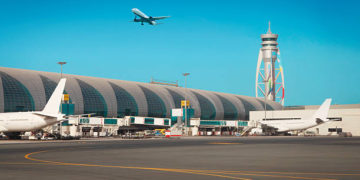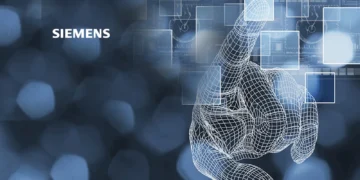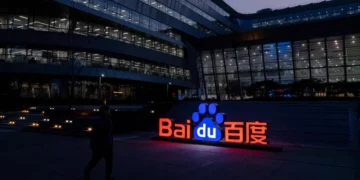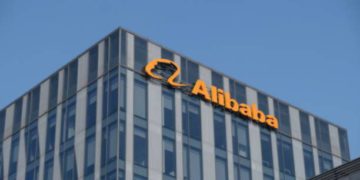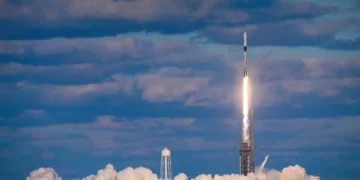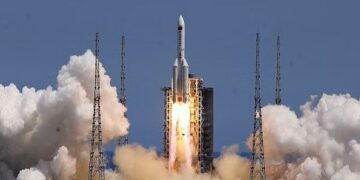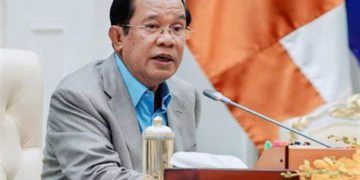BEIJING (CHINA) – Despite being hit by the pandemic, China’s growth beat expectations in 2020. Moreover, it’s economy picked up speed in the fourth quarter and is expected to expand further this year even as the global pandemic rages on.
Official data showed that gross domestic product grew 2.3% in 2020, making China the only major economy in the world to avoid a contraction last year when many nations struggled to contain the COVID-19 pandemic.
The world’s second-largest economy has surprised many with the rate at which it recovered from the coronavirus jolt, especially as policymakers have also had to navigate tense US-China relations on trade and other fronts.
Beijing’s strict COVID restrictions enabled it to largely contain the virus outbreak much quicker than most countries. At the same time government-led policy stimulus and with local manufacturers stepping up production to supply goods to many countries crippled by the pandemic have also helped fire up China’s economic growth.
According to data from the National Bureau of Statistics, GDP expanded 6.5% year-on-year in the fourth quarter.
“The higher-than-expected GDP number indicates that growth has stepped into the expansionary zone, although some sectors remain in recovery,” said Xing Zhaopeng, economist at ANZ in Shanghai.
“Policy exiting will pose counter-cyclical pressures on 2021 growth.”
Backed by the strict virus containment measures and policy stimulus, the economy has recovered steadily from a steep 6.8% slump in the first three months of 2020, when an outbreak of COVID-19 in the central city of Wuhan turned into a full-blown epidemic.
Citing the country’s large market and resilient supply chains, Ning Jizhe, head of China’s statistics bureau, told a briefing that there would be many favourable conditions to sustain China’s economic recovery in 2021.
This year marks the start of China’s 14th five-year plan, which policymakers see as vital for steering the economy past the so-called “middle income trap”.
“We should be alert to the following problems in 2021: first the imbalance of economic recovery. Compared with investment and export, consumption is weak as a whole and has yet to return to normal levels,” said Wang Jun, Beijing-based chief economist at Zhongyuan Bank.
The second problem, Wang said, is a possible rapid slowdown in credit growth.
The central bank is poised to keep its benchmark lending rate unchanged in coming months while steering a steady slowdown in credit expansion in 2021, said sources.
The Chinese Academy of Social Sciences, a government think tank, sees the macro leverage ratio jumping by about 30 percentage points in 2020 to over 270%.
While this year’s predicted growth rate of over 8% would be the strongest in a decade, led by an expected double-digit expansion in the first quarter, it is rendered less impressive coming off the low base set in pandemic-stricken 2020.
Some analysts also cautioned that a recent rebound in COVID-19 cases in the northeast of the country could impact activity and consumption in the run-up to next month’s long Lunar New Year holidays.
“Control of people-flows has started, so the risk of a widespread outbreak of Covid should be small,” said Iris Pang, ING’s chief China economist.
“But the risk of a technology war between China and some economies remains if the US does not remove some measures.”








